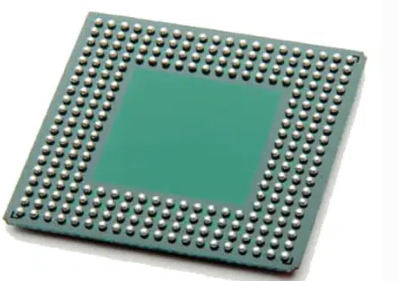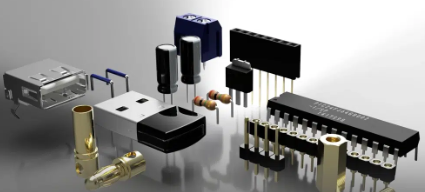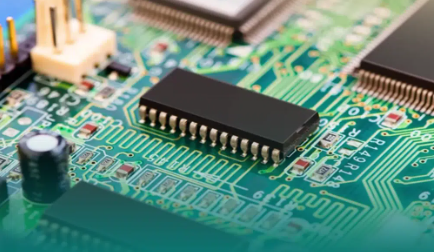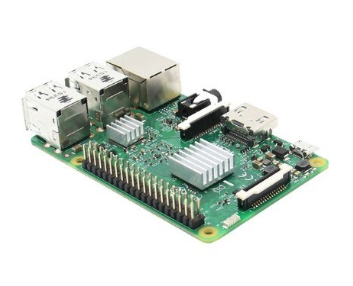common electronic components and their symbols
When it comes to electronics, there are numerous components that are essential to building any functional circuit. Here are 10 common electronic components that you’re likely to encounter.

Resistor
Resistor will cause a change in the flow of electrons. The smaller the resistance, the greater the flow of electrons, and vice versa. Substances with no resistance or very little resistance are called electrical conductors, or conductors for short. Substances that cannot form electric current transmission are called electrical insulators, or insulators for short.
In physics, resistance is used to represent the size of the conductor’s resistance to current flow. The greater the resistance of the conductor, the greater the resistance of the conductor to current flow. Different conductors generally have different resistances, and resistance is a characteristic of the conductor itself. Resistive elements are energy-dissipating elements that impede current flow.
Resistor symbol: Resistor is represented by “R” plus numbers in the circuit, such as: R1 represents the resistance numbered 1. The main functions of resistors in the circuit are shunting, current limiting, voltage dividing, biasing, etc.
Capacitor
Capacitance refers to the charge storage capacity under a given potential difference; denoted as C, and the international unit is farad (F). Generally speaking, charges will move under force in an electric field. When there is a medium between conductors, it will hinder the movement of charges and make charges accumulate on the conductors; the accumulation and storage of charges is caused. The most common example is two parallel metal plates. It is also commonly known as a capacitor.
Inductor
Inductance is a property of a closed circuit and a physical quantity. When the coil passes current, a magnetic field induction is formed in the coil, and the induced magnetic field will generate an induced current to resist the current passing through the coil. Inductors are inductive components made of inductive properties.
If the inductor is in a state where no current is flowing, it will try to block the current from flowing through it when the circuit is on; if the inductor is in a state where current is passing, it will try to maintain the current when the circuit is off. Inductors are also called chokes, reactors, and dynamic reactors.
Inductor symbol: Inductor is often represented by “L” plus numbers in the circuit, such as: L6 represents the Inductor numbered 6.
Crystal Diode
A crystal diode is a semiconductor two-terminal device in solid-state electronic devices. The main feature of these devices is their nonlinear current-voltage characteristics.
Since then, with the development of semiconductor materials and process technology, a variety of crystal diodes with various structures and functions have been developed using different semiconductor materials, doping distributions, and geometric structures. Manufacturing materials include germanium, silicon and compound semiconductors. Crystal diodes can be used to generate, control, receive, transform, amplify signals, and perform energy conversion.
Crystal diode symbol: Crystal diodes are often represented by “D” plus numbers in circuits, such as: D5 represents a diode numbered 5.
Zener Diode
Zener diode is a semiconductor device with high resistance until the critical reverse breakdown voltage.
The Zener diode is a diode that uses the reverse breakdown state of the pn junction, and its current can change in a wide range while the voltage is basically unchanged. It is a diode that acts as a voltage regulator. The diode is a semiconductor device with high resistance up to a critical reverse breakdown voltage.
At this critical breakdown point, the reverse resistance decreases to a very small value, and the current increases while the voltage remains constant in this low-resistance region. Zener diodes are graded according to their breakdown voltage. Because of this characteristic, Zener diodes are mainly used as voltage regulators or voltage reference components. Zener diodes can be connected in series for use at higher voltages, and higher stable voltages can be obtained through series connection.
Zener diode symbol: Zener diodes are often represented by “ZD” plus numbers in the circuit, such as: ZD5 means a Zener diode numbered 5.
Varactor Diode
Varactor diodes, also known as ‘variable reactance diodes’, are made by utilizing the characteristics that the junction capacitance changes with the applied voltage when the pN junction is reverse-biased. It is used as a variable capacitor in high-frequency tuning, communication and other circuits. It is used in high-frequency circuits for automatic tuning, frequency modulation, tuning, etc., for example, as a variable capacitor in the tuning circuit of a TV receiver.
在线留言询价
- 一周热料
- 紧缺物料秒杀
| 型号 | 品牌 | 询价 |
|---|---|---|
| TL431ACLPR | Texas Instruments | |
| BD71847AMWV-E2 | ROHM Semiconductor | |
| CDZVT2R20B | ROHM Semiconductor | |
| MC33074DR2G | onsemi | |
| RB751G-40T2R | ROHM Semiconductor |
| 型号 | 品牌 | 抢购 |
|---|---|---|
| ESR03EZPJ151 | ROHM Semiconductor | |
| TPS63050YFFR | Texas Instruments | |
| BP3621 | ROHM Semiconductor | |
| STM32F429IGT6 | STMicroelectronics | |
| BU33JA2MNVX-CTL | ROHM Semiconductor | |
| IPZ40N04S5L4R8ATMA1 | Infineon Technologies |
- 周排行榜
- 月排行榜
AMEYA360公众号二维码
识别二维码,即可关注


请输入下方图片中的验证码:


























